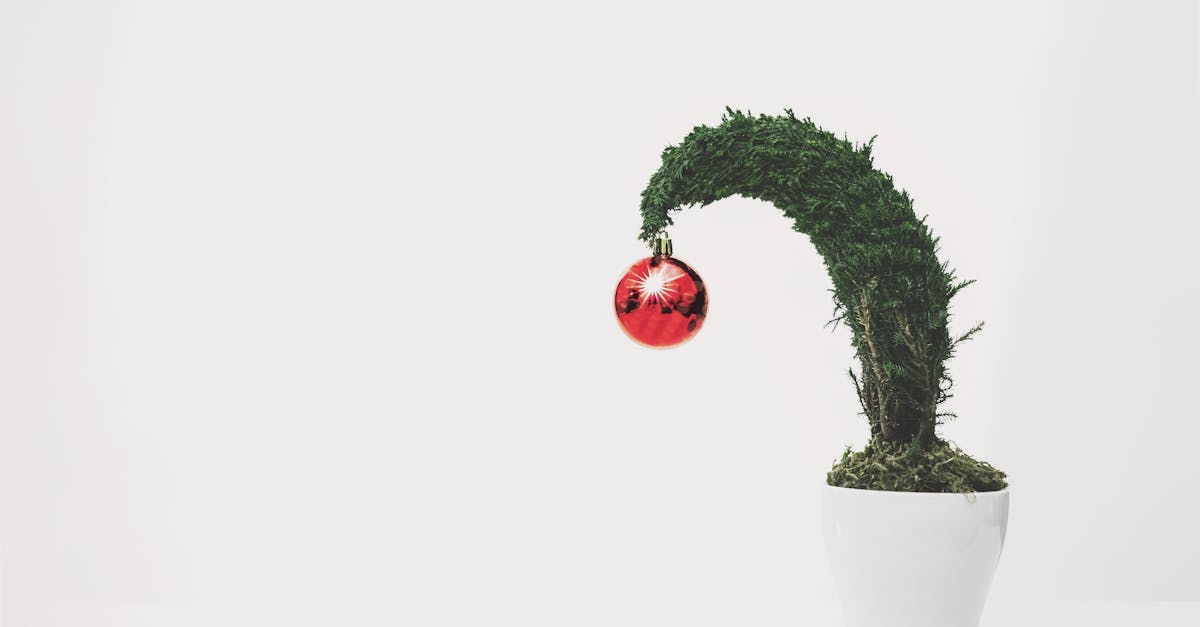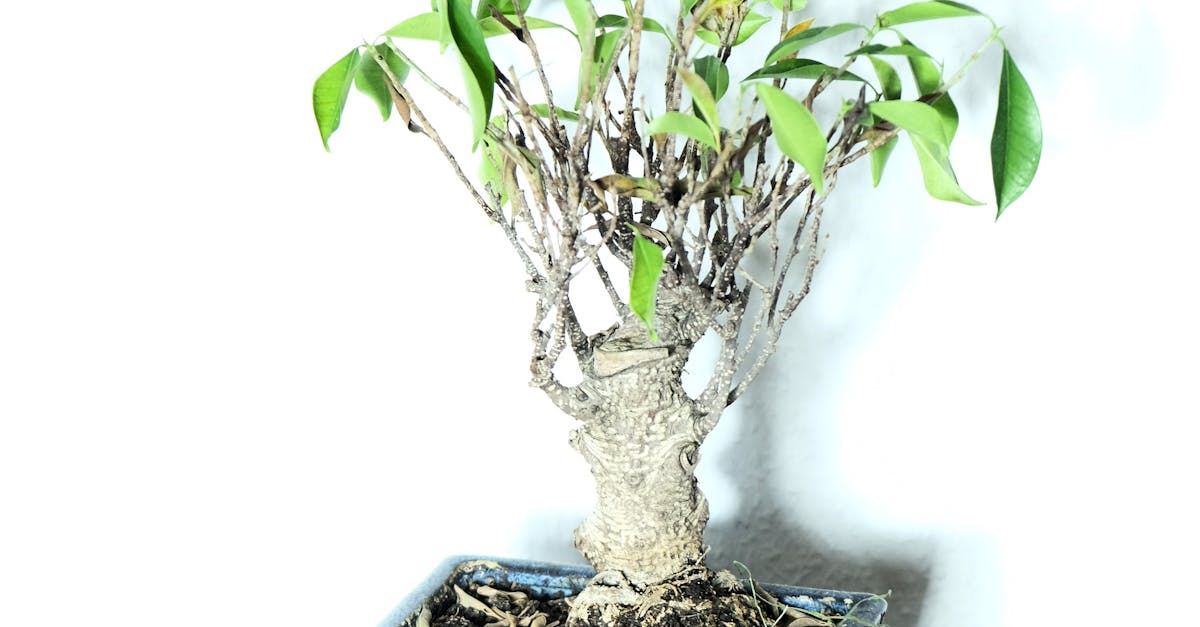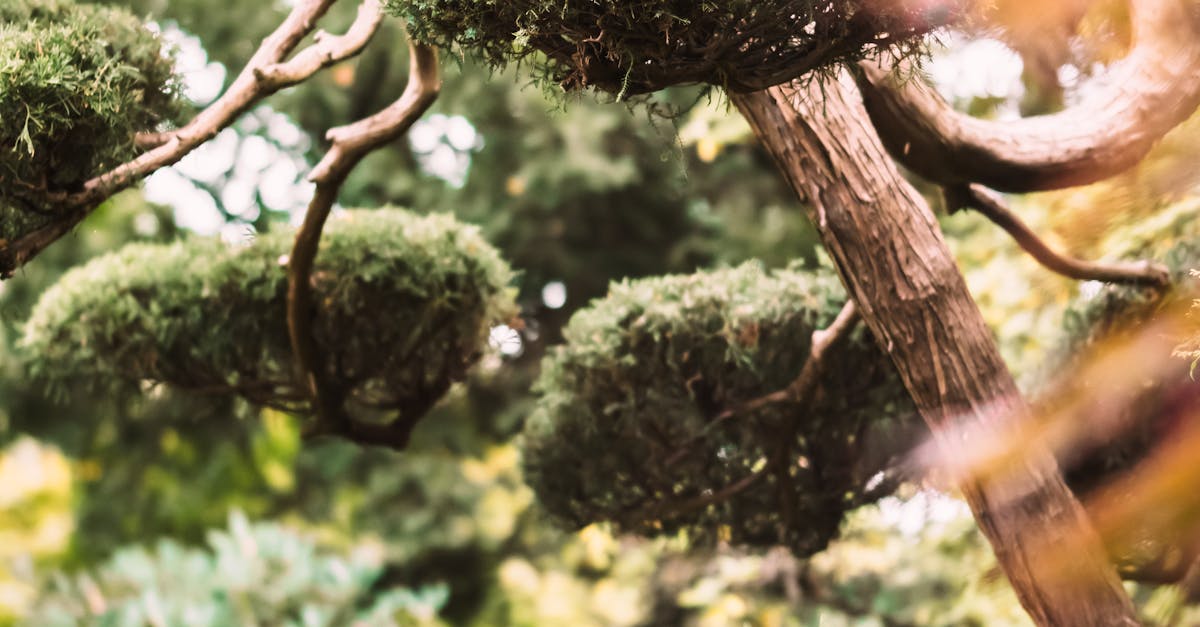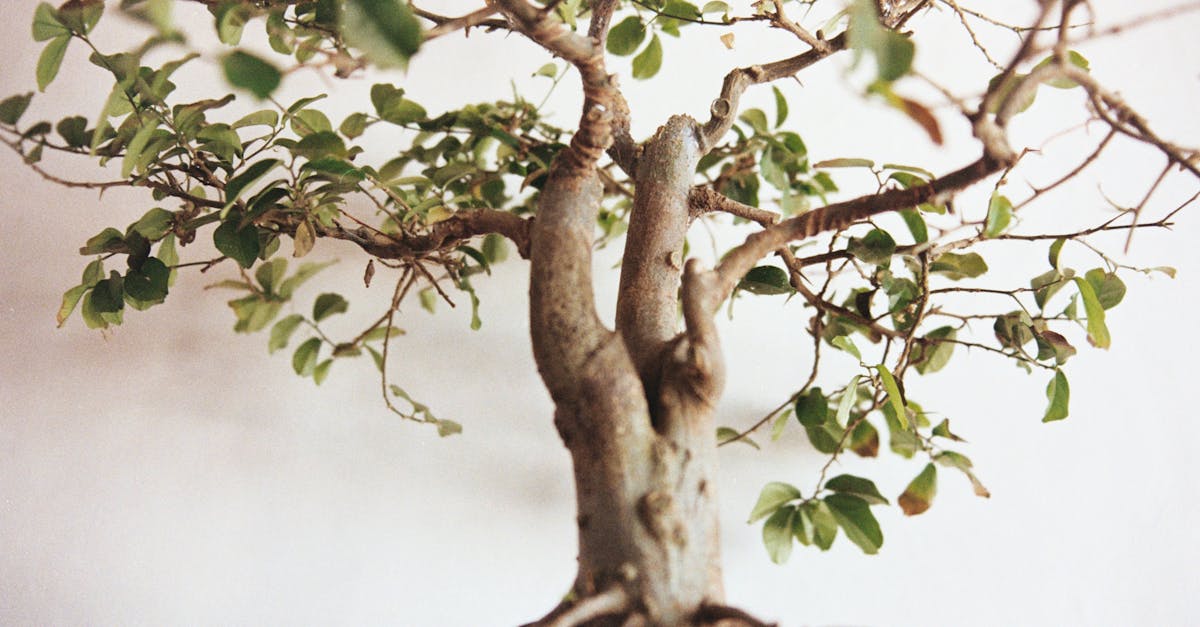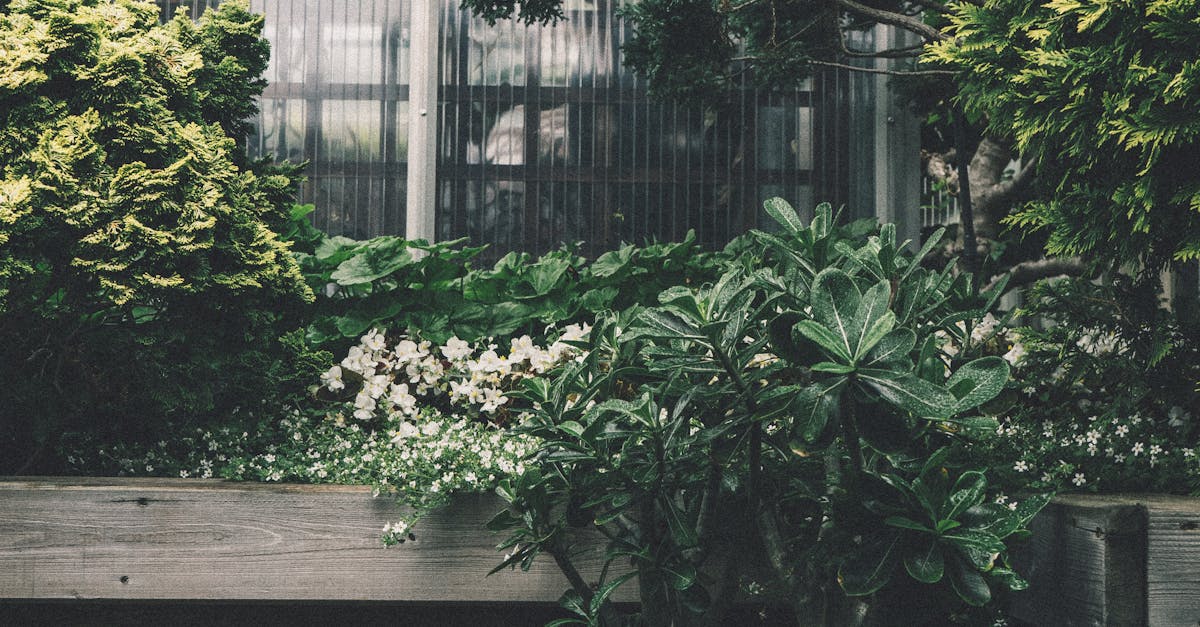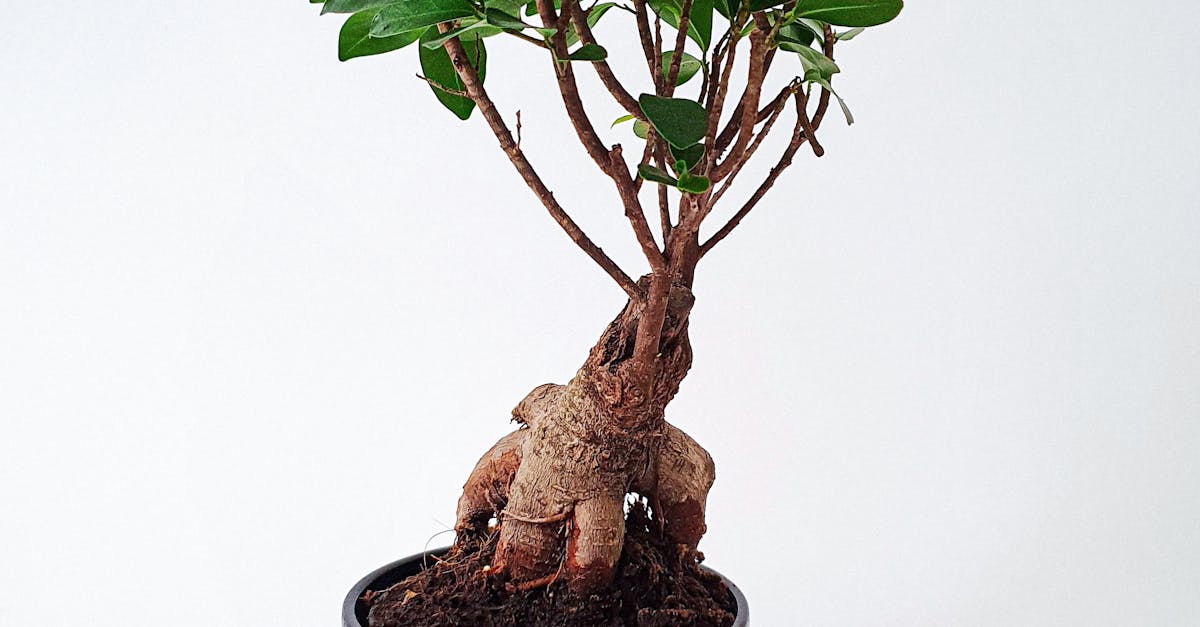Unveiling the Secrets of Sunlight for Indoor Bonsai
Sunlight: The Life-Giving Elixir for Indoor Bonsai
Bonsai, the ancient art form of cultivating miniature trees, brings a touch of nature indoors. However, providing these living masterpieces with the right amount of sunlight is crucial for their well-being. As with all plants, bonsai have specific light requirements that must be met to ensure their optimal health and beauty.
This article delves into the sunlight needs of indoor bonsai, exploring the factors that influence their requirements and providing practical guidance for determining ideal sunlight exposure. We will examine the consequences of insufficient or excessive sunlight and offer tips to optimize sunlight exposure for your cherished bonsai, ensuring it thrives in your indoor oasis.
1. Understanding Bonsai Light Requirements
Understanding Bonsai Light Requirements
Bonsai trees, with their intricate beauty and miniature forms, have captivated plant enthusiasts for centuries. However, these delicate living sculptures have unique light requirements that must be met to ensure their well-being. Sunlight, nature’s life-giving energy, plays a crucial role in the health and vitality of indoor bonsai.
Just like all plants, bonsai trees rely on sunlight for photosynthesis, the process that converts light energy into chemical energy, providing the tree with the nourishment it needs to grow and thrive. Sunlight also regulates the tree’s internal clock, influencing its growth patterns, flowering, and dormancy periods. Without adequate sunlight, bonsai trees can become weak, elongated, and susceptible to pests and diseases.
Therefore, understanding the specific light requirements of your indoor bonsai is paramount. Factors such as the tree species, its season, and the size of its pot can influence how much sunlight it needs. By carefully assessing these factors and providing your bonsai with the optimal amount of sunlight, you can ensure its long-term health and beauty.
2. Factors Influencing Sunlight Needs
Factors Influencing Sunlight Needs
The amount of sunlight required by indoor bonsai can vary depending on several factors, including:
Species: Different bonsai species have evolved to adapt to specific light conditions in their natural habitats. For example, trees native to sunny climates, such as juniper and pine, generally require more sunlight than those from shady forests, such as maple and azalea. It is important to research the specific light requirements of your bonsai species to ensure you provide it with the optimal conditions.
Season: The amount of sunlight available naturally varies throughout the year, and bonsai trees have evolved to respond to these seasonal changes. During spring and summer, when days are longer and the sun is more intense, bonsai trees typically require more sunlight. In fall and winter, as days shorten and the sun’s intensity decreases, bonsai trees may need less sunlight or even go dormant.
Pot size: The size of the pot in which your bonsai is planted can also influence its sunlight needs. Smaller pots restrict root growth, which can limit the tree’s ability to absorb water and nutrients. As a result, bonsai trees in smaller pots may require more frequent watering and may be more sensitive to excessive sunlight. Conversely, bonsai trees in larger pots have more room for root growth and may be more tolerant of varying sunlight conditions.
By considering these factors, you can better understand the unique light requirements of your indoor bonsai and provide it with the optimal conditions for growth and vitality.
3. Determining Ideal Sunlight Exposure
Determining Ideal Sunlight Exposure
Assessing the amount of sunlight your indoor bonsai receives is crucial to ensure its optimal health. Here are some guidelines to help you determine if your bonsai is getting the right amount of light:
Observe the leaves: The leaves of your bonsai can provide valuable clues about its sunlight exposure. Healthy bonsai leaves should be a deep green color and have a glossy sheen. If the leaves are pale or yellowing, it may be a sign that the tree is not getting enough sunlight. Conversely, if the leaves are scorched or brown, it may be getting too much sunlight.
Monitor growth: The growth pattern of your bonsai can also indicate whether it is receiving the right amount of sunlight. Bonsai trees that are getting enough sunlight will have compact growth with short internodes (the spaces between leaves). If the internodes are long and the growth is leggy, it may be a sign that the tree is not getting enough sunlight.
Use a light meter: A light meter can provide a more precise measurement of the amount of sunlight your bonsai is receiving. Place the light meter near the top of the tree’s canopy and take readings at different times of the day. This will give you a good idea of the average light intensity that your bonsai is exposed to.
Once you have assessed the sunlight exposure your bonsai is receiving, you can make adjustments as needed. If the tree is not getting enough sunlight, you may need to move it to a brighter location or supplement with artificial light. If the tree is getting too much sunlight, you may need to move it to a shadier spot or provide some shade during the hottest part of the day.
4. Consequences of Insufficient or Excessive Sunlight
Consequences of Insufficient or Excessive Sunlight
Insufficient sunlight can lead to a number of problems for indoor bonsai, including:
- Weak and elongated growth: When a bonsai tree does not receive enough sunlight, it will often produce weak and elongated growth in an attempt to reach more light. This can result in a leggy and unattractive appearance.
- Yellowing leaves: Insufficient sunlight can also cause the leaves of your bonsai to turn yellow. This is because chlorophyll, the green pigment that gives leaves their color, is produced in response to sunlight.
- Reduced flowering and fruiting: Sunlight is also essential for flowering and fruiting in bonsai trees. If your bonsai is not getting enough sunlight, it may not produce flowers or fruit.
Excessive sunlight can also be harmful to indoor bonsai, causing problems such as:
- Scorched leaves: Too much sunlight can scorch the leaves of your bonsai, causing them to turn brown and dry.
- Sunburn: Prolonged exposure to excessive sunlight can also cause sunburn on the trunk and branches of your bonsai. This can damage the tree’s bark and make it more susceptible to pests and diseases.
- Dehydration: Excessive sunlight can also lead to dehydration in bonsai trees. This is because the tree’s leaves will transpire more water in an attempt to cool down.
Addressing sunlight issues:
If you notice any of the symptoms of insufficient or excessive sunlight exposure in your bonsai, it is important to take steps to correct the situation.
- Insufficient sunlight: If your bonsai is not getting enough sunlight, you can move it to a brighter location or supplement with artificial light.
- Excessive sunlight: If your bonsai is getting too much sunlight, you can move it to a shadier spot or provide some shade during the hottest part of the day.
By addressing sunlight issues promptly, you can help your indoor bonsai thrive and maintain its beauty.
5. Tips for Optimizing Sunlight Exposure
Tips for Optimizing Sunlight Exposure
Here are some practical tips and techniques for providing your indoor bonsai with the ideal sunlight conditions:
Proper placement: The best way to ensure your indoor bonsai receives the right amount of sunlight is to place it in a location that receives bright, indirect light for most of the day. Avoid placing your bonsai in direct sunlight, as this can scorch the leaves.
Artificial lighting: If you cannot provide your bonsai with enough natural light, you can supplement with artificial lighting. Use a grow light that emits light in the blue and red spectrums, as these are the wavelengths that plants use for photosynthesis. Place the grow light close to the top of the bonsai’s canopy and leave it on for 12-14 hours per day.
Seasonal adjustments: The amount of sunlight available naturally varies throughout the year, so it is important to adjust your bonsai’s care accordingly. In spring and summer, when days are longer and the sun is more intense, your bonsai will need more sunlight. You may need to move it to a brighter location or supplement with artificial light. In fall and winter, when days are shorter and the sun’s intensity decreases, your bonsai may need less sunlight or even go dormant. You can reduce the amount of artificial light you are providing or move your bonsai to a shadier spot.
By following these tips, you can optimize sunlight exposure for your indoor bonsai and help it thrive.
Quiz
1. True or False: Bonsai trees do not require sunlight to survive.
2. Which of the following factors does NOT influence the sunlight needs of indoor bonsai? (a) Species (b) Season (c) Pot size (d) Humidity
3. What is a common symptom of insufficient sunlight exposure in bonsai trees? (a) Yellowing leaves (b) Scorched leaves (c) Weak and elongated growth (d) Increased flowering
4. What type of artificial light is best for supplementing sunlight for indoor bonsai? (a) Incandescent light (b) Fluorescent light (c) Grow light (d) Halogen light
5. True or False: Bonsai trees need more sunlight in winter than in summer.
Answer Key
- False
- (d) Humidity
- (a) Yellowing leaves
- (c) Grow light
- False
Markdown for answer keys

